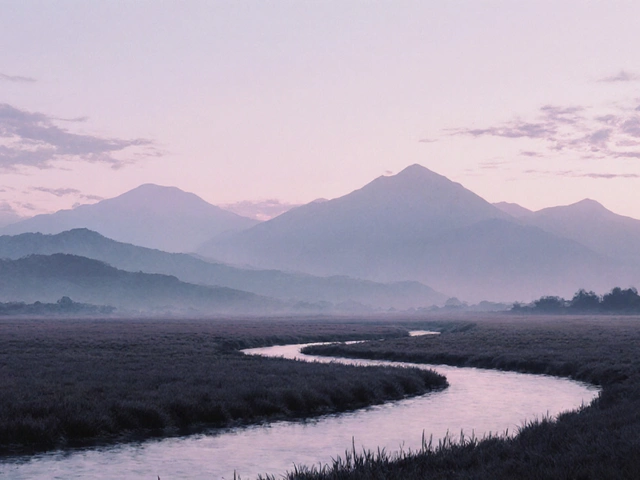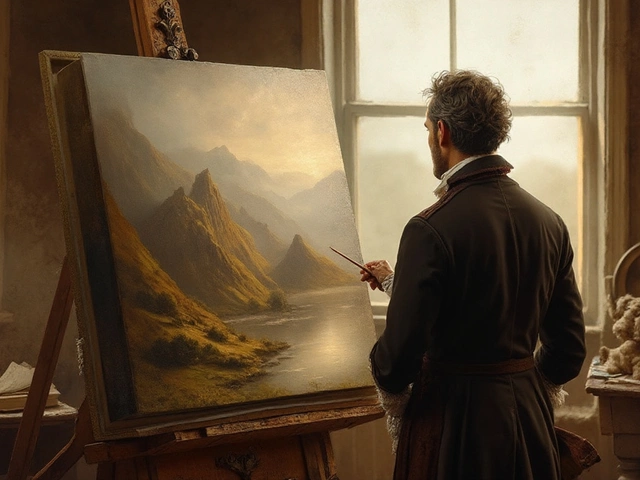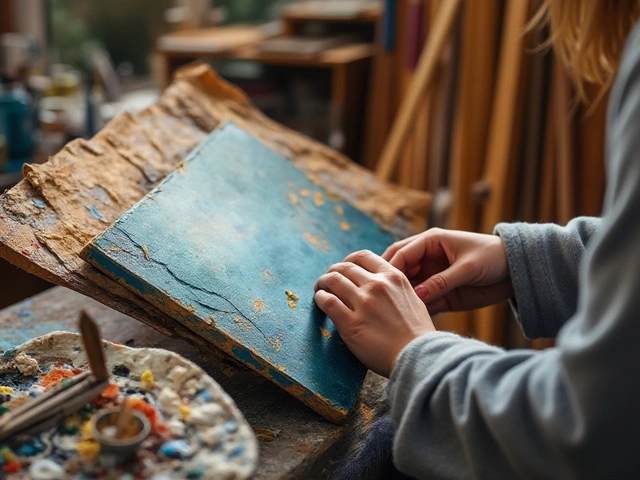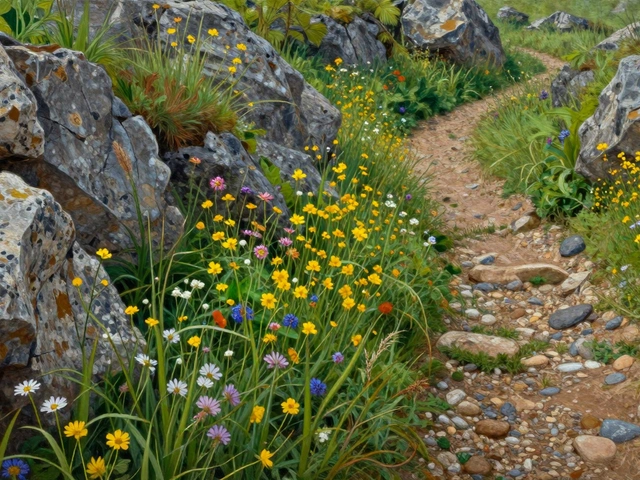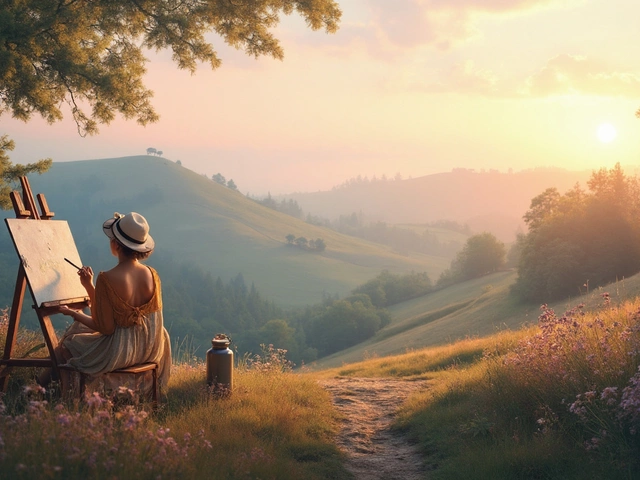Goya Technique – How to Capture Dark Light in Painting
When working with Goya technique, a method that blends dramatic chiaroscuro with bold brushwork, first popularized by the Spanish master Francisco Goya. Also known as Goya’s dark realism, it creates a striking contrast between light and shadow to convey emotion and narrative. The technique Goya technique encompasses the use of layered oil painting, careful underdrawing, and a limited palette of earth tones. It also draws heavily from chiaroscuro, the play of light and dark that gives three‑dimensional depth to a flat surface, and from the broader tradition of Spanish art, which emphasizes dramatic storytelling and vivid emotional tone. Together these elements let an artist turn a simple scene into a haunting visual drama.
Key Elements and Related Practices
The first step in mastering the Goya technique is understanding its core materials. Oil painting, the medium Goya favored for its slow drying time and rich color depth, supplies the flexibility needed for multiple glaze layers. Artists then apply a thin underpainting, usually in a muted tone, to map out light sources—this step provides the foundation for chiaroscuro effects later on. Once the underdrawing dries, the painter builds up progressive layers of translucent glazes, each one modifying the hue and intensity of the underlying tones. The brushwork itself is purposefully loose yet controlled; rapid, confident strokes create texture while preserving the overall mood. In addition, the technique often incorporates historical painting methods, such as the use of a “fat over lean” principle to ensure the paint film remains stable over time. These practices together form a logical chain: the medium enables layering, layering supports chiaroscuro, and chiaroscuro enhances storytelling.
Why does the Goya technique still matter to modern creators? Because its core ideas translate well beyond traditional canvases. Digital artists, for instance, mimic the glazing process using layer‑based software, achieving a similar depth of field. Meanwhile, contemporary portrait painters borrow Goya’s stark contrast to highlight psychological tension in their subjects. The approach also influences set designers and cinematographers who use controlled lighting to evoke the same emotional weight Goya achieved on canvas. In short, the technique requires mastery of light, color, and texture—skills that remain valuable across any visual medium. By studying Goya’s method, you gain a toolbox that includes: (1) strategic use of chiaroscuro, (2) disciplined layering in oil or digital workflows, (3) expressive yet purposeful brushwork, and (4) an awareness of historical context that informs modern interpretation.
Below you’ll find a curated collection of articles that dive deeper into each of these aspects. Whether you’re looking for practical step‑by‑step guides, historical background, or tips on applying the Goya technique to new media, the posts below cover a wide range of angles. Browse through, pick the pieces that match your skill level, and start experimenting with the dramatic light and shadow that have defined some of the most powerful artworks in history.
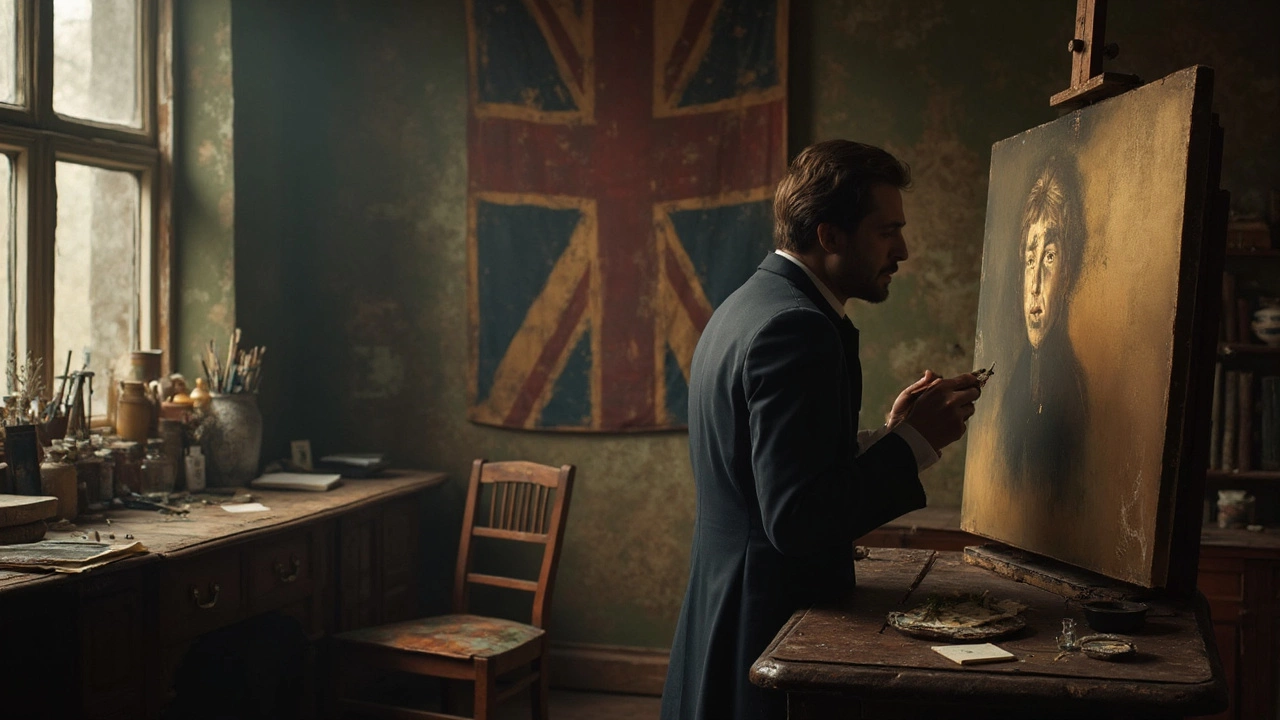
The Goya technique is a unique way of using oil paints to create dramatic effects, inspired by Spanish artist Francisco Goya. It mixes bold, dark underpaintings with sharp contrasts and glazes to bring scenes to life. This method helps painters master shadow, light, and subtle color layering. Modern artists still use the Goya approach to add depth and emotion. Learn how to start using this technique, step by step, for bolder results in your work.
